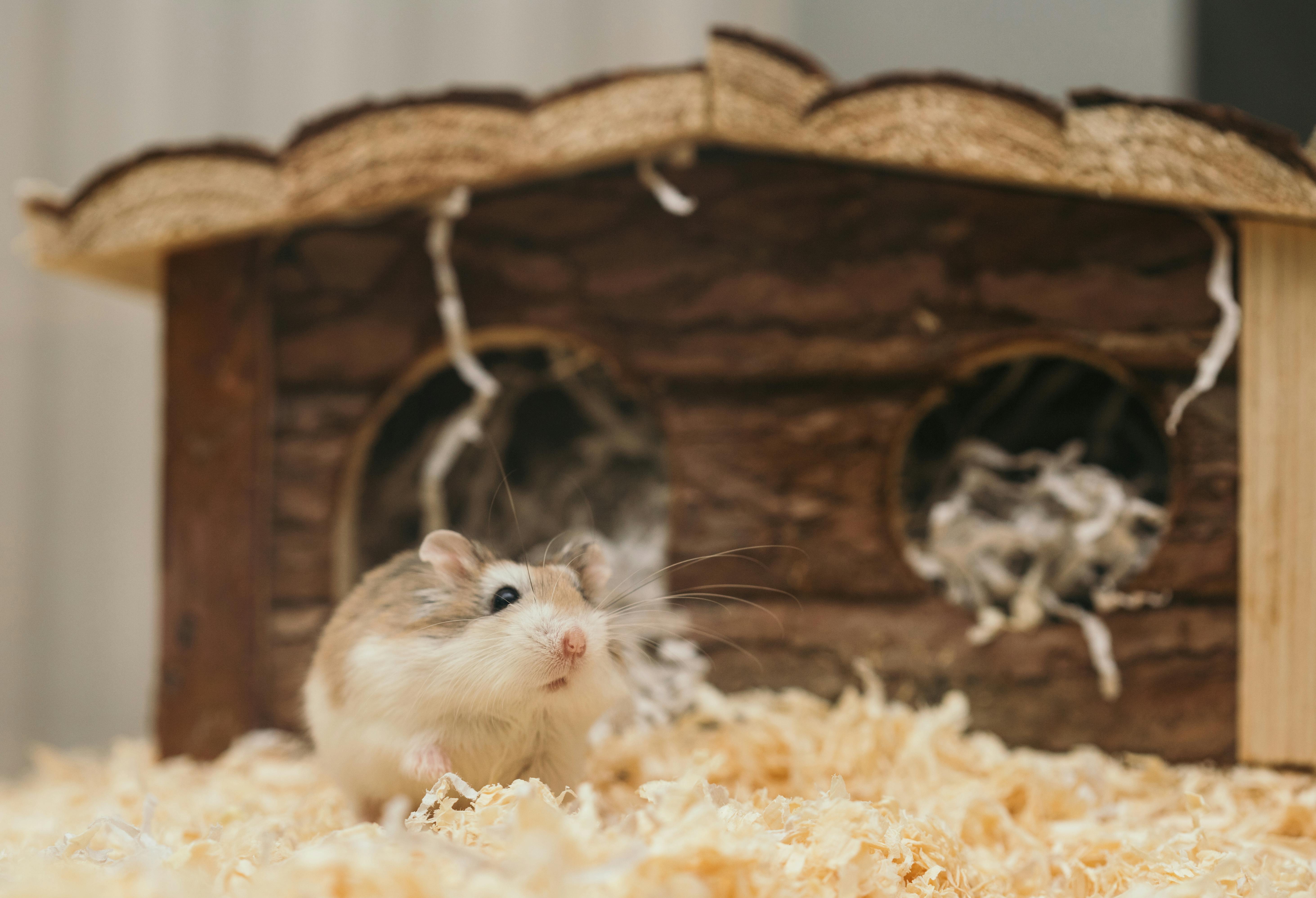Ensuring Adequate Humidity Levels for Your Pet Rodent

Ensuring Adequate Humidity Levels for Your Pet Rodent
Maintaining the right environmental conditions is crucial for the health and well-being of pet rodents. Among various factors, maintaining the correct humidity level in your pet’s habitat is essential, as it significantly impacts their health. This guide will discuss the importance of humidity for rodents, how to measure it, and tips on maintaining adequate humidity levels.
Understanding the Importance of Humidity for Rodents
Rodents such as guinea pigs, hamsters, and mice are sensitive to their environment. The right humidity level helps in preventing respiratory issues and skin problems. It also aids in the overall comfort and stress levels of your pets. Typically, a humidity level between 30% and 70% is considered ideal, but this can vary slightly depending on the specific type of rodent.
Measuring Humidity Levels
To ensure your pet’s habitat has the right humidity, it’s necessary first to measure the current levels. You can use a hygrometer, an instrument that measures the amount of moisture in the air. Digital hygrometers provide more accurate readings and can often also measure temperature, which is another critical factor in your pet’s environment.
Strategies for Managing Humidity
Increasing Humidity
If you find that the air in your pet’s environment is too dry, there are several ways to increase humidity:
- Misting: Lightly spray water in the air of the cage daily using a spray bottle. Ensure that the water does not make the bedding soggy or create excessively damp conditions that could lead to mold growth.
- Water Bowls: Place a large open bowl of water in the cage to increase evaporation, which boosts air moisture.
- Humidifiers: Using a room humidifier can be an efficient way to manage air moisture, especially in drier climates or during winter when indoor heating can dry out the air significantly.
Reducing Humidity
In cases where the humidity is too high, which can be just as harmful, consider the following steps:
- Improved Ventilation: Ensure that your pet’s habitat is well-ventilated. A cage with proper airflow helps reduce excessive moisture buildup.
- Dehumidifiers: In very damp environments, a dehumidifier can effectively reduce humidity levels. Ensure that the area around your pet's cage isn’t overly damp or musty, as this can promote the growth of harmful molds and bacteria.
- Regular Cleaning: Keeping the cage clean and free from wet bedding or uneaten food will also help manage humidity levels.
Final Thoughts
Monitoring and adjusting the humidity within your rodent's environment is a vital aspect of pet care that should not be overlooked. Use the strategies mentioned above to create a healthy and comfortable habitat for your pet. Regularly check the humidity levels with a hygrometer and make adjustments as necessary based on seasonal changes or other environmental factors. Your pet depends on you for their comfort and health, so take the time to ensure their habitat is just right.